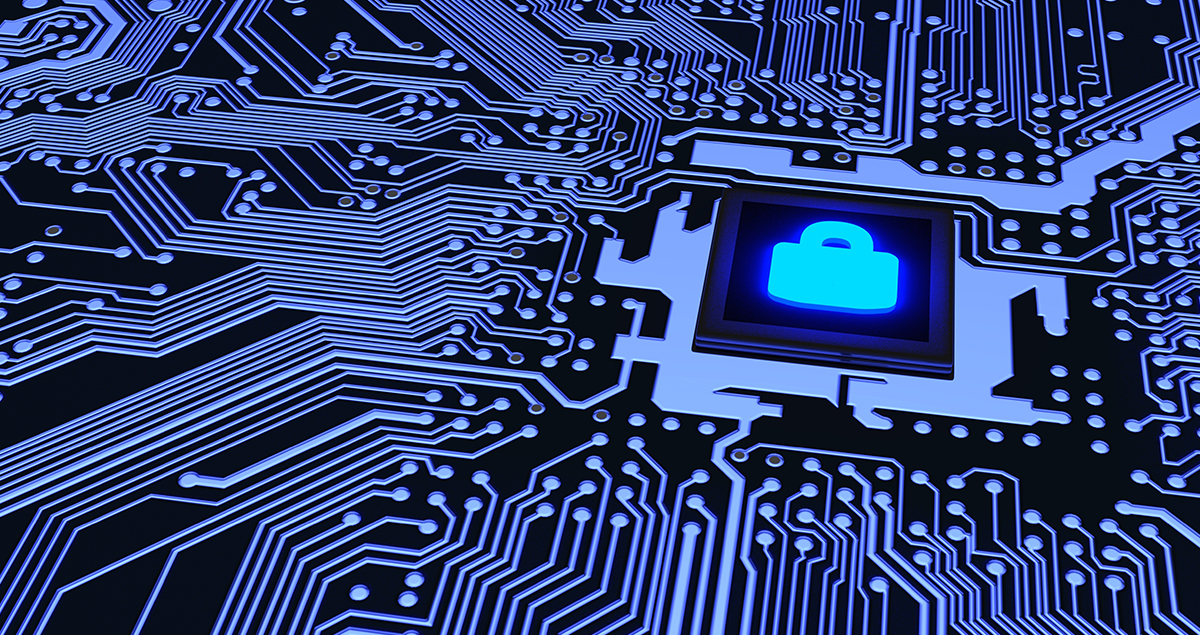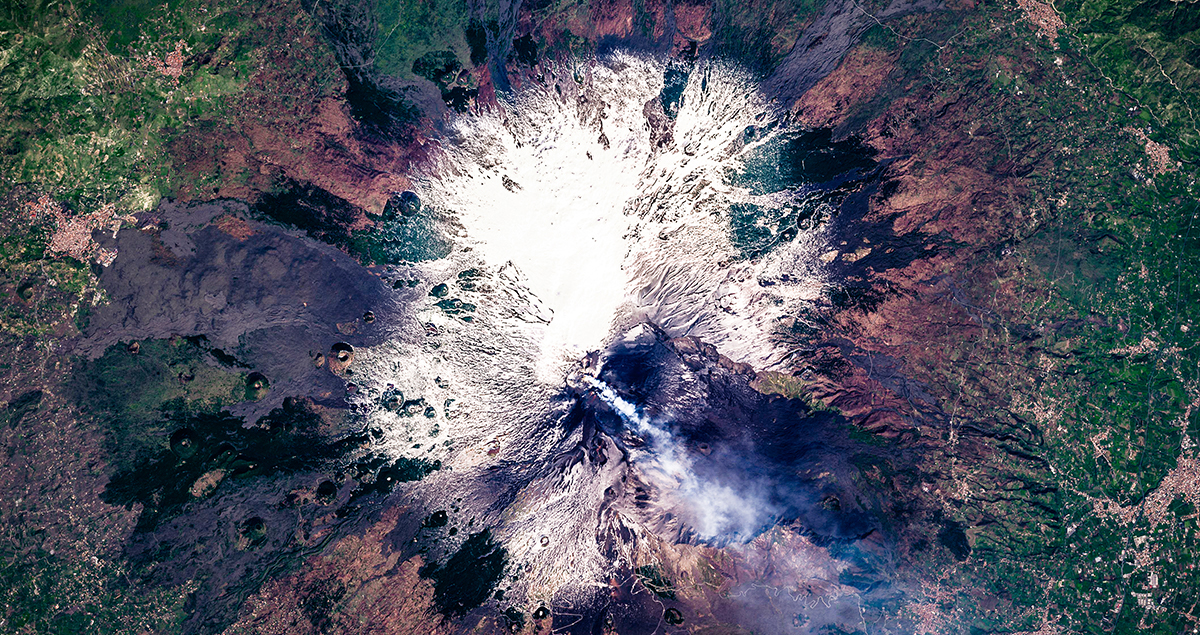5 ways digital technology is transforming the security sector

Advances in technology are reshaping global security capabilities, from enhancing the way we monitor our borders to helping mitigate the impact of natural disasters.
Just a few generations ago, unmanned drones were confined to the pages of science fiction and artificial intelligence seemed years in the future. Today, sophisticated technologies are transforming every aspect of our daily lives.
Here are five ways these advances are helping mitigate security risks:
1. Cybersecurity
As we embrace the digital world, new types of crime become inevitable.
“Almost every day, we see cyberattacks becoming more tricky,” says Harumi Mizokami, Deputy Director of the Advanced System Programs Department of Integrated Defense & Space Systems at Mitsubishi Heavy Industries (MHI). “Infrastructure providers, governments, organizations and business owners are increasingly aware that effective cybersecurity solutions are essential to sustain social and business networks, and protect transport, defense and critical infrastructure systems.”
While traditional cybersecurity defenses include monitoring, analysis, software management and network security mainly designed for IT systems, the latest developments are more proactive and designed for operational technology systems. Mizokami and her team layer on protocol inspections and rule-based behavior monitoring, making systems more alert to potential threats and better equipped to guard against them.

2. Autonomous drone technology
Drones are everywhere. According to the Federal Aviation Administration, there will be 7 million in the skies over the U.S. by 2020. And while their use often sparks privacy concerns, they can be a useful force in security and defense.
MHI’s CoasTitan system harnesses the power of autonomous air and sea vehicles to guard against coastline threats, including terrorism, illegal immigration, smuggling, pirates and illegal fishing.
Cutting back on human involvement in these often-dangerous situations, the drones help cut costs while bolstering safety at the same time. A control center coordinates patrols, meaning coast guards can be used and deployed in the most effective ways.
3. Using AI to interpret satellite images
Security experts have long been able to tap into satellite images to help their preventative and response efforts. Now, with the availability and quality of these images increasing, they offer an even more valuable resource for security and disaster-relief operations.
Even so, while larger volumes of data are a valuable resource, it also creates a challenge in terms of processing. In the past, analysts would scour satellite images for hours. Now artificial intelligence can search areas automatically and provide real-time reports to rescue teams.
When flooding occurs, maps of the damaged areas can be rapidly drawn together, allowing resources to be directed appropriately. Other uses include in border security or in monitoring industrial trends.

4. AI video surveillance
In a similar way, today’s autonomous surveillance cameras eliminate the need for humans to spend hours staring at screens. Instead, connected sensors, network storage and AI-enabled systems can keep an autonomous, high-definition eye on things 24-7.
Algorithms combine with high-tech digital surveillance equipment to boost monitoring capabilities, employing software with the capacity to detect movement and recognize individual faces, even in darkness.
5. Internet of things connectivity
The connection of more and more objects that we use every day has both positive and negative implications for security. On the one hand, a plethora of information can be harvested and processed in a short space of time. On the other, increasing the flow of information between devices exposes new threats and opportunities for interception.
While increasingly, hardware and software security measures are incorporated into devices at the design stage, strong encryption should also be used to help ensure a secure connection between devices and the systems they operate on.
More information is available here on MHI Group's projects and services: CoasTitan coastal security AI InteRSept cyber security Inspection drones





